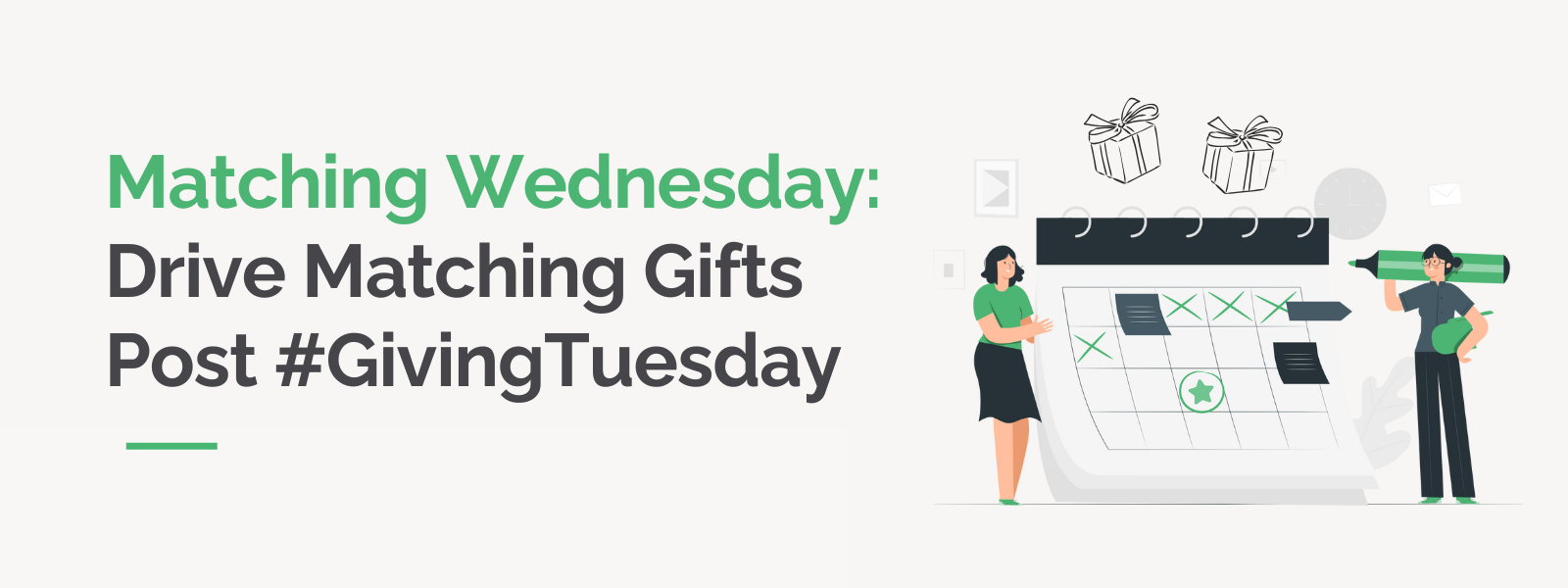
Matching Wednesday: Drive Matching Gifts Post #GivingTuesday
After the whirlwind of #GivingTuesday, many nonprofits find themselves…
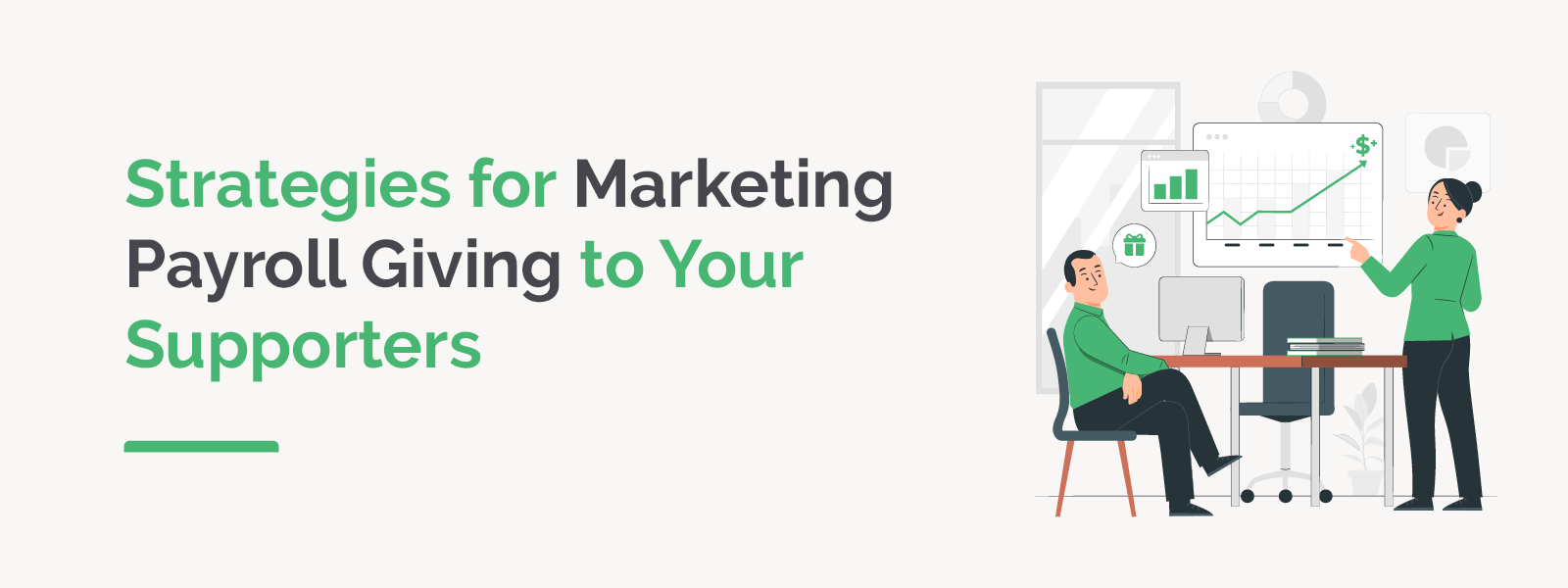
7 Strategies for Marketing Payroll Giving to Your Supporters
According to recent payroll giving statistics, 59% of survey…
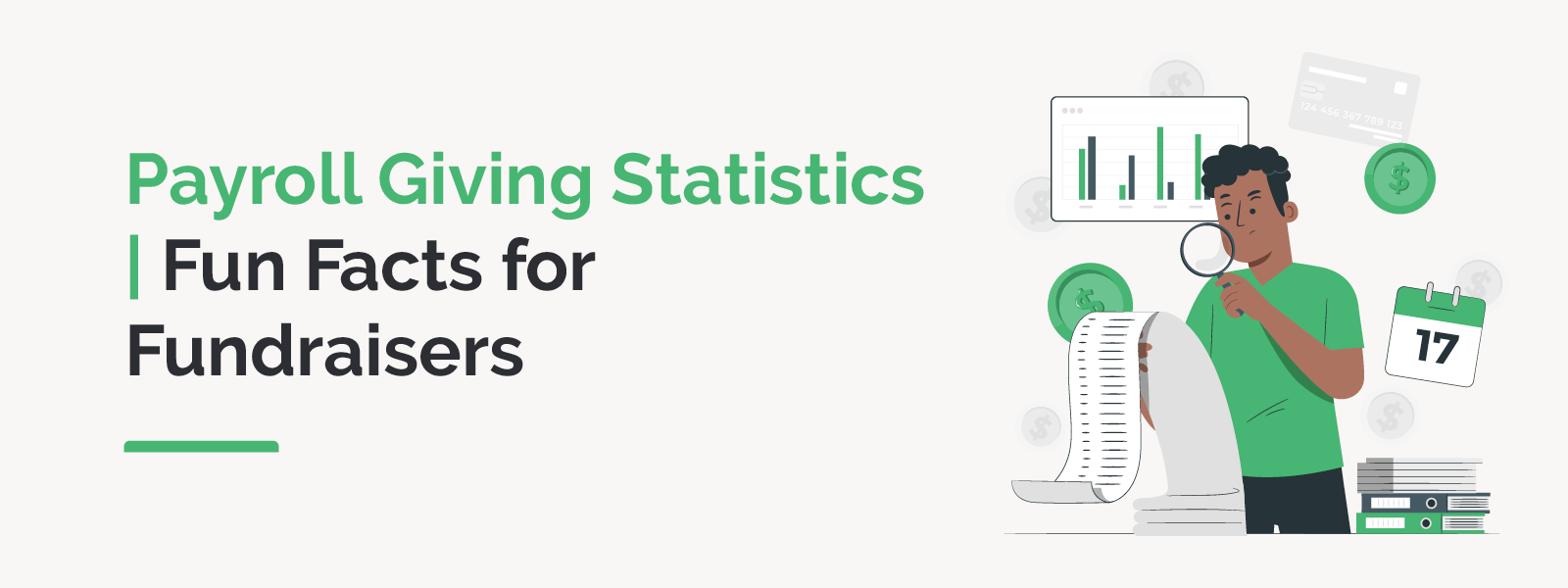 https://doublethedonation.com/wp-content/uploads/2024/09/DTD_Payroll-Giving-Statistics-_-Fun-Facts-for-Fundraisers_Feature.png
600
1600
Adam Weinger
https://doublethedonation.com/wp-content/uploads/2025/11/DTD-horizontal-logo-300x63.png
Adam Weinger2024-09-12 13:51:352025-12-04 13:52:02Payroll Giving Statistics | 13 Fun Facts for Fundraisers
https://doublethedonation.com/wp-content/uploads/2024/09/DTD_Payroll-Giving-Statistics-_-Fun-Facts-for-Fundraisers_Feature.png
600
1600
Adam Weinger
https://doublethedonation.com/wp-content/uploads/2025/11/DTD-horizontal-logo-300x63.png
Adam Weinger2024-09-12 13:51:352025-12-04 13:52:02Payroll Giving Statistics | 13 Fun Facts for Fundraisers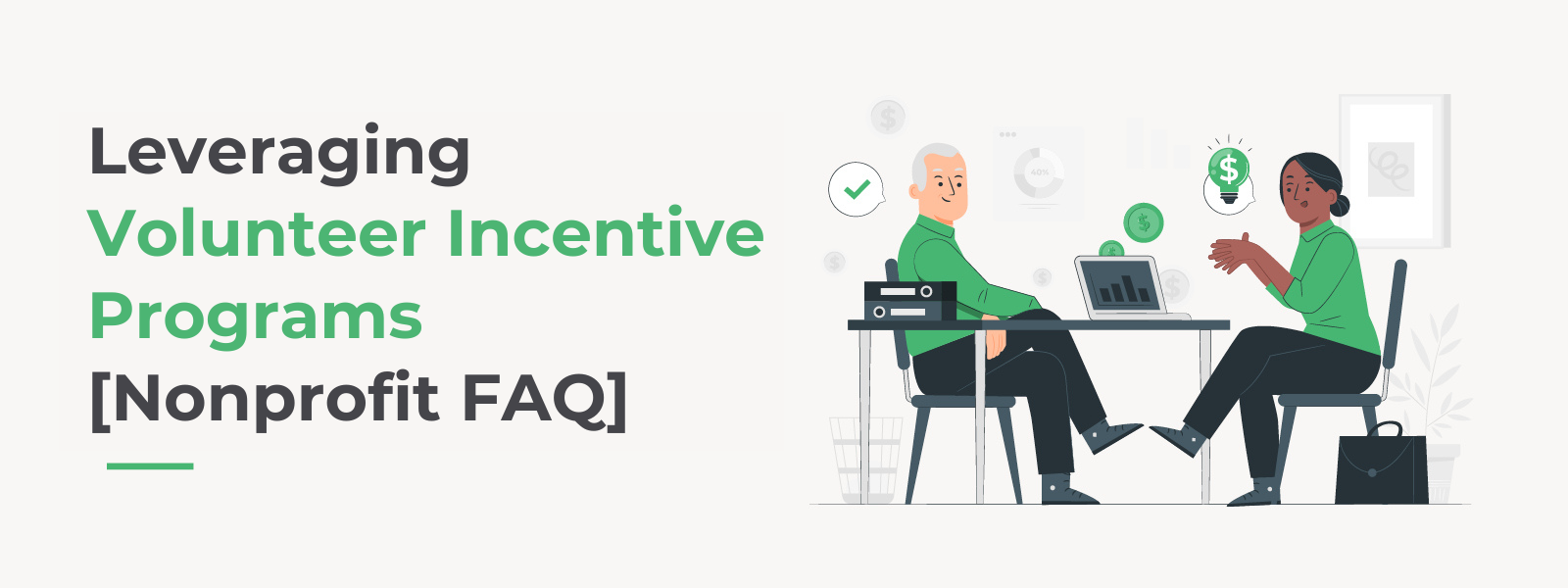 https://doublethedonation.com/wp-content/uploads/2024/06/DTD_Leveraging-Volunteer-Incentive-Programs-Nonprofit-FAQ_Feature.png
600
1600
Adam Weinger
https://doublethedonation.com/wp-content/uploads/2025/11/DTD-horizontal-logo-300x63.png
Adam Weinger2024-09-04 15:12:092025-11-04 15:54:53Leveraging Volunteer Incentive Programs [Nonprofit FAQ]
https://doublethedonation.com/wp-content/uploads/2024/06/DTD_Leveraging-Volunteer-Incentive-Programs-Nonprofit-FAQ_Feature.png
600
1600
Adam Weinger
https://doublethedonation.com/wp-content/uploads/2025/11/DTD-horizontal-logo-300x63.png
Adam Weinger2024-09-04 15:12:092025-11-04 15:54:53Leveraging Volunteer Incentive Programs [Nonprofit FAQ]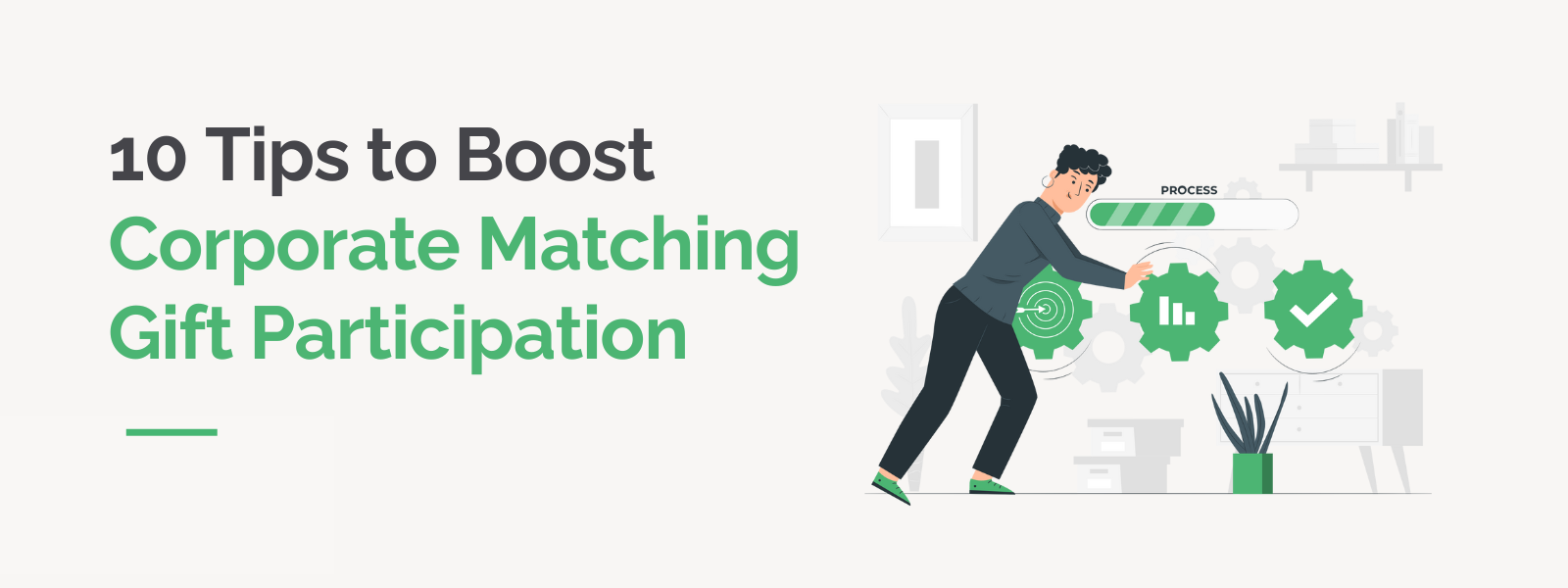
10 Tips to Boost Corporate Matching Gift Participation
Corporate matching gifts are a powerful yet often underutilized…
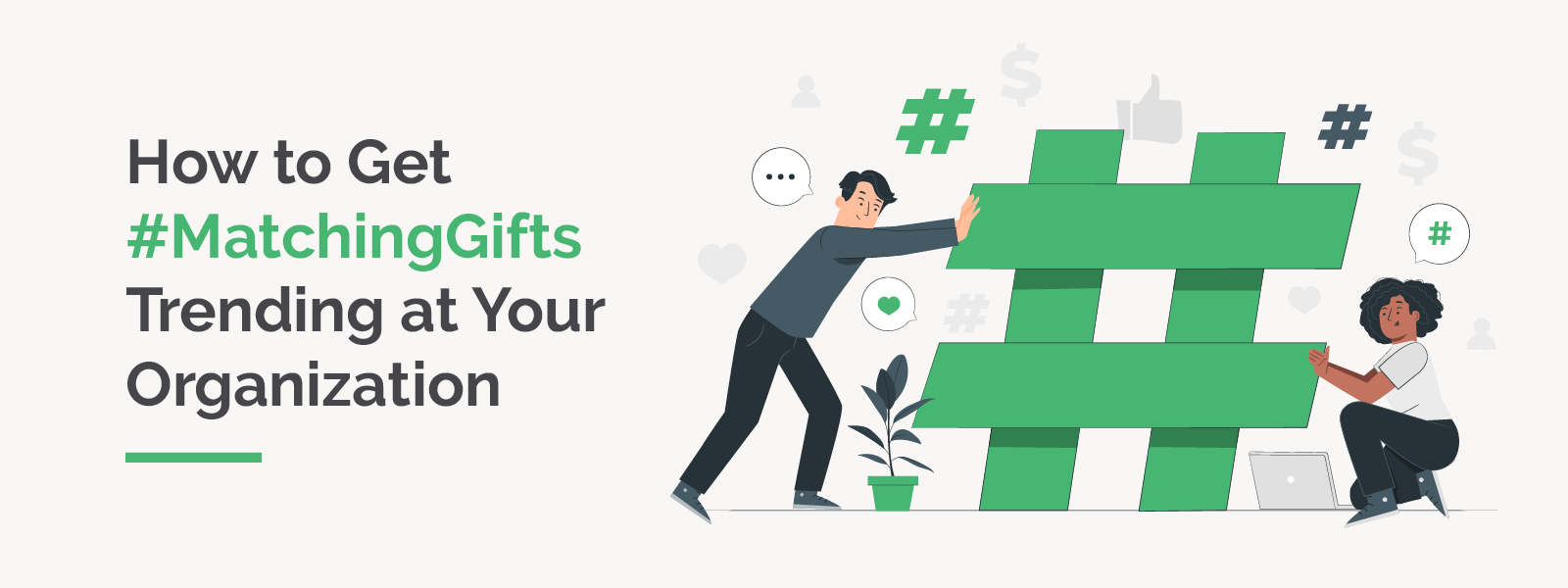
How to Get Matching Gifts Trending at Your Organization
Employee matching gifts are one of the most popular forms of…
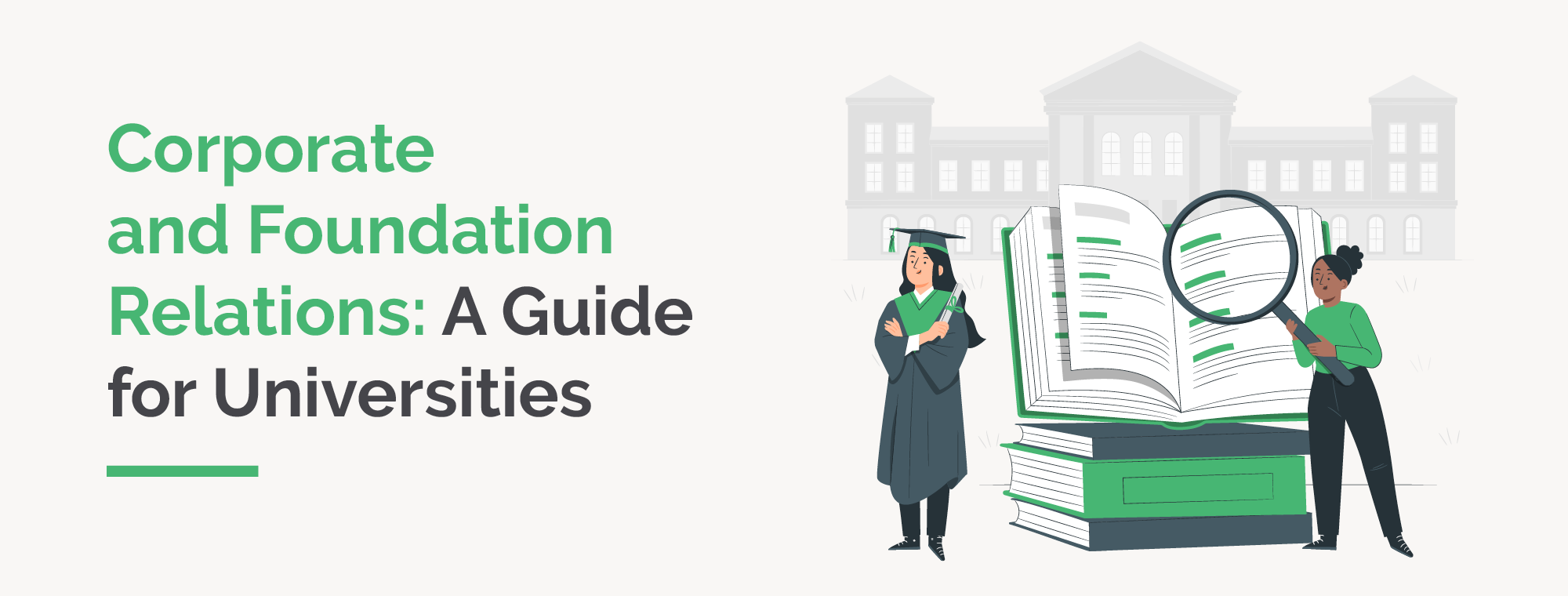
Corporate and Foundation Relations: A Guide for Universities
From scholarships to research grants, universities need funding.…
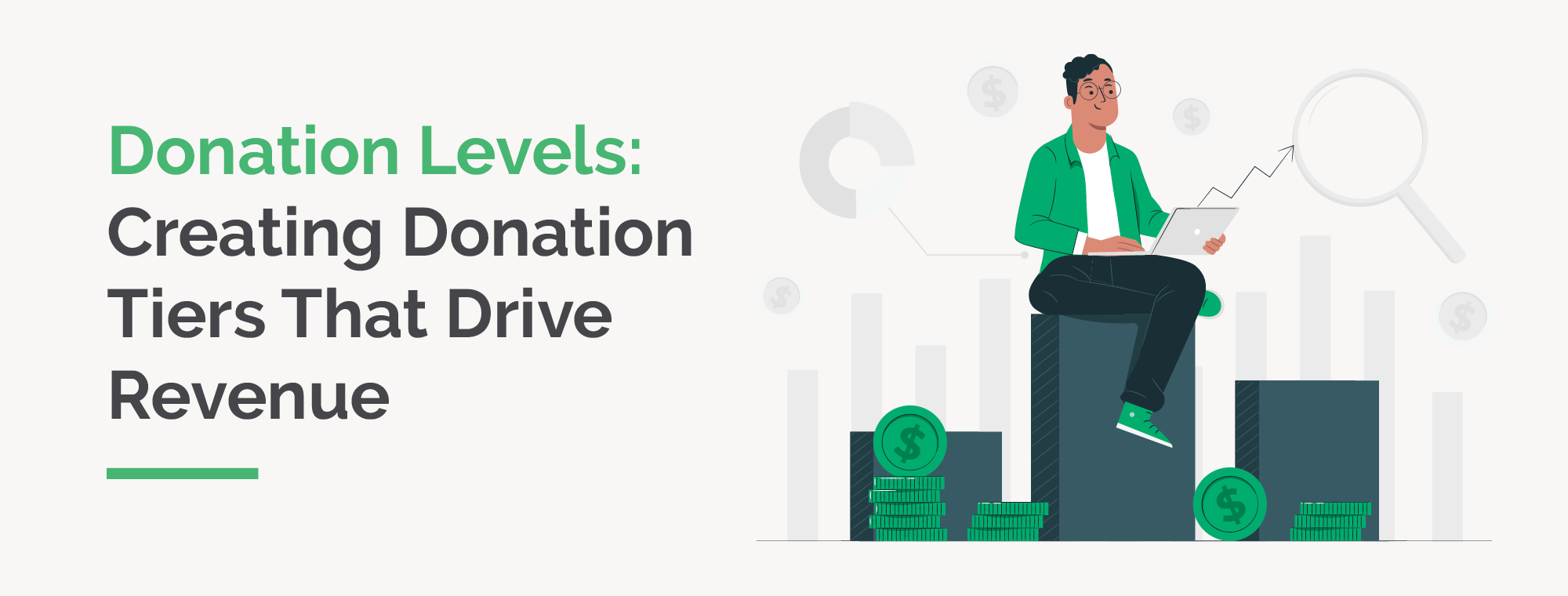
Donation Levels: Creating Donation Tiers That Drive Revenue
From marketing to cultivation, it’s no small effort to drive…
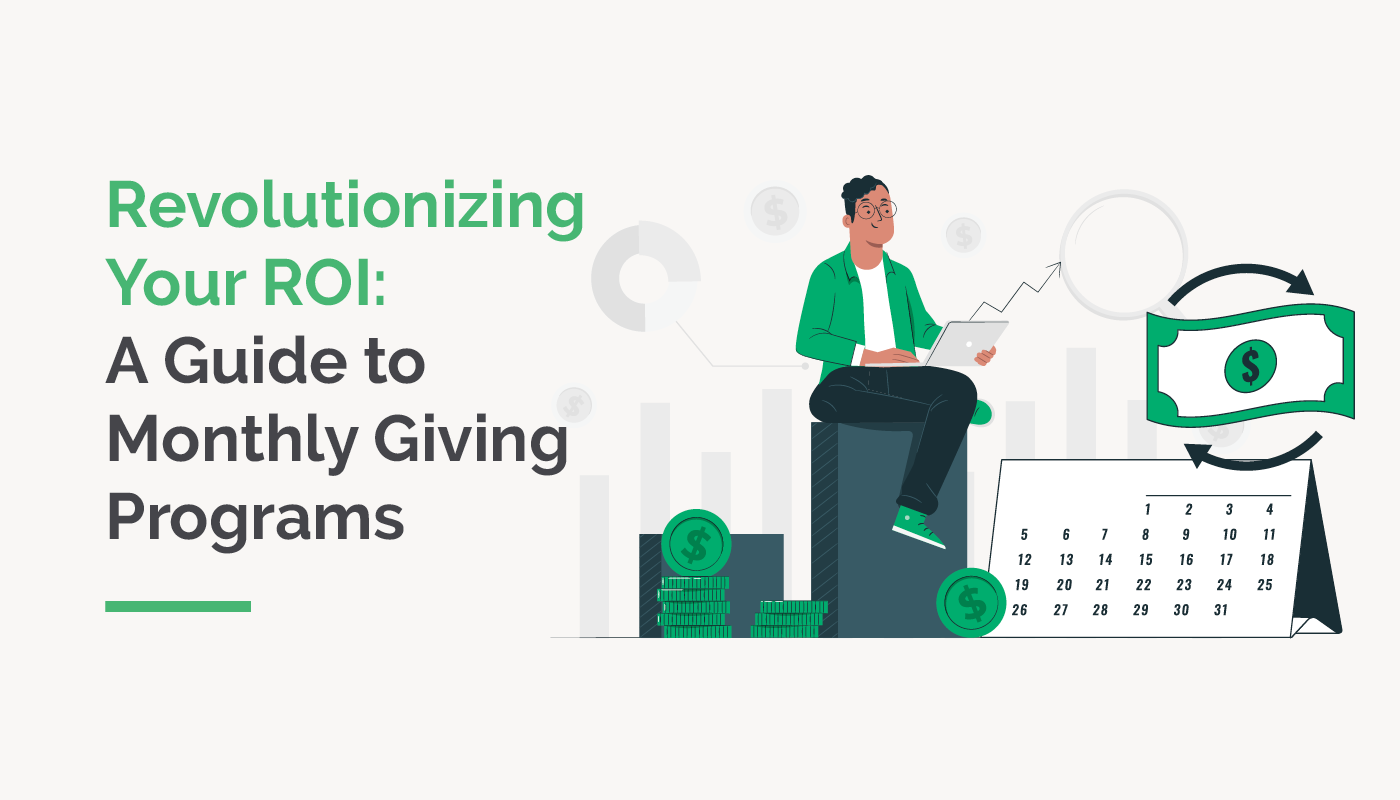
Revolutionizing Your ROI: A Guide to Monthly Giving Programs
What if you could cut the guesswork and accurately predict how…
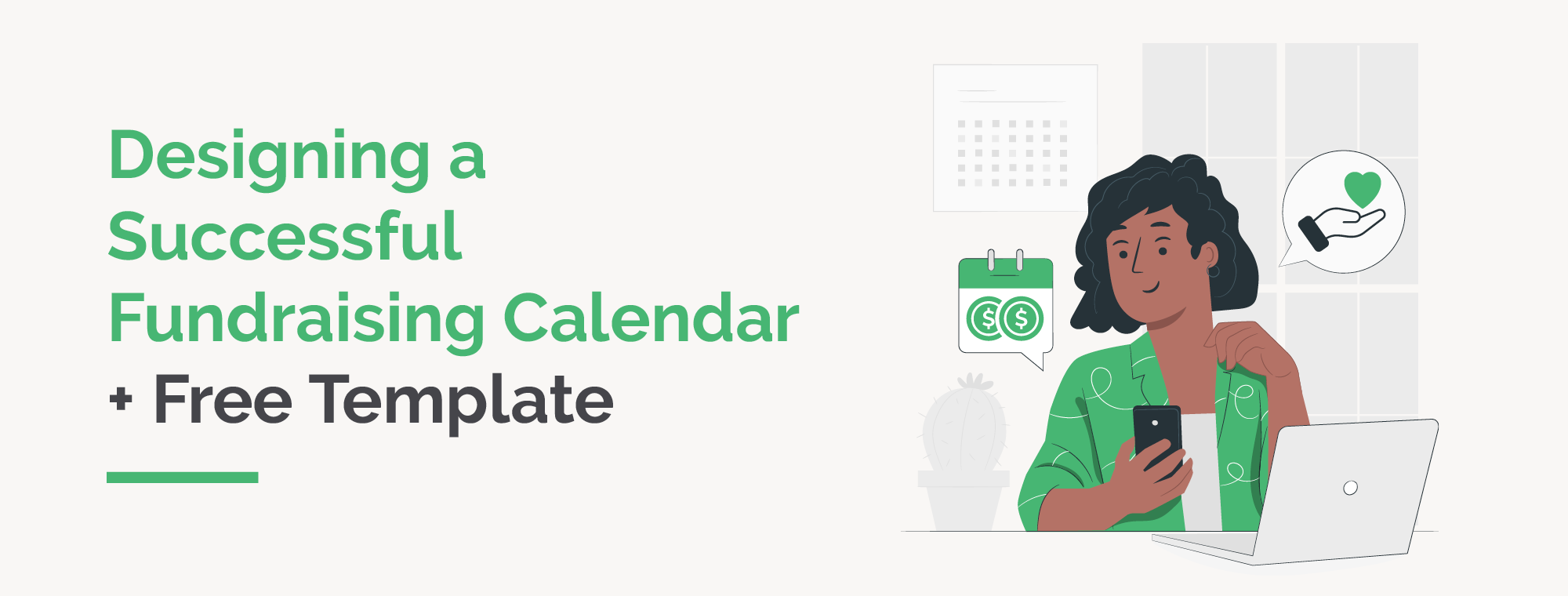
Designing a Successful Fundraising Calendar + Free Template
The end of the year is always a busy time for fundraising, and…

